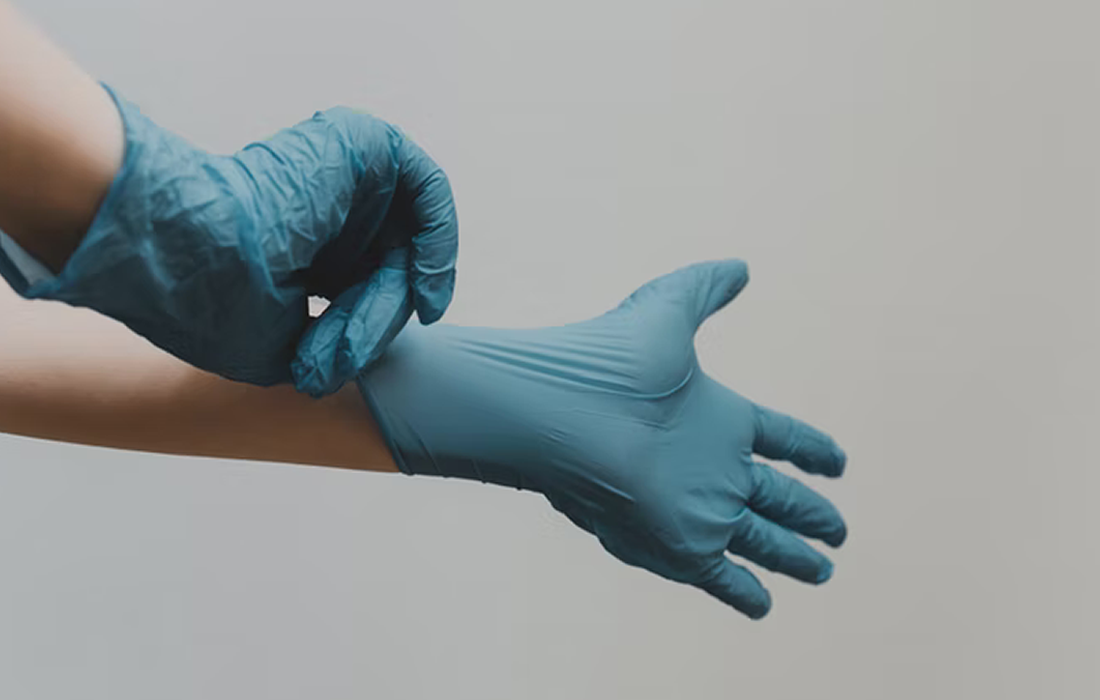COVID-19
COVID-19 Patients Continue Shedding the Virus Months After Initial Diagnosis
A new research study has found about 1 out of 7 COVID-19 patients continued to shed the virus’ genetic remnants in their feces at least four months after their initial diagnosis, long after they’ve stopped shedding the virus from their respiratory tract.
COVID-19 manifests with respiratory, systemic, and gastrointestinal symptoms. The SARS-CoV-2 RNA can be detected in respiratory and fecal samples, and recent reports demonstrate viral replication in both the lung and intestinal tissue.
Study Development and Results
For the study, researchers analyze the dynamics of fecal RNA shedding up to 10 months after COVID-19 diagnosis in a total of 113 patients with mild to moderate disease. Regular fecal samples were collected as part of an effort to track their viral shedding.
About half of the patients (49%) had COVID RNA remnants in their stool within the first week after diagnosis, researchers found. But at four months following diagnosis, when no more COVID remained in their lungs, nearly 13% of patients continued to shed viral RNA in their feces.
The team notes that the RNA constituted genetic remnants of the coronavirus, and not the actual live virus, so it’s unlikely a person’s poop could be contagious.
“These data add to the notion that the cells in the intestine may themselves be involved with COVID viral infection, and they could potentially be contributors to some of the symptoms — abdominal pain, nausea, kind of just intestinal distress — that can be one aspect of long COVID,” said Dr. Willinan Schaffner, medical director of the National Foundation of Infectious Diseases.
Source:
Dennis Thompson. (2022, Apr 18). Coronavirus Found in Human Feces Up to 7 Months After Infection. WebMD. Retrieved from:
Aravind Natarajan, et al. Gastrointestinal symptoms and fecal shedding of SARS-CoV-2 RNA suggest prolonged gastrointestinal infection. 2022. Clinical Advances. DOI:https://doi.org/10.1016/j.medj.2022.04.001
Image from:
Photo by Clay Banks on Unsplash

